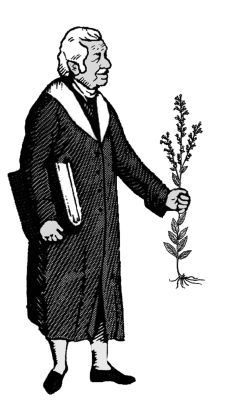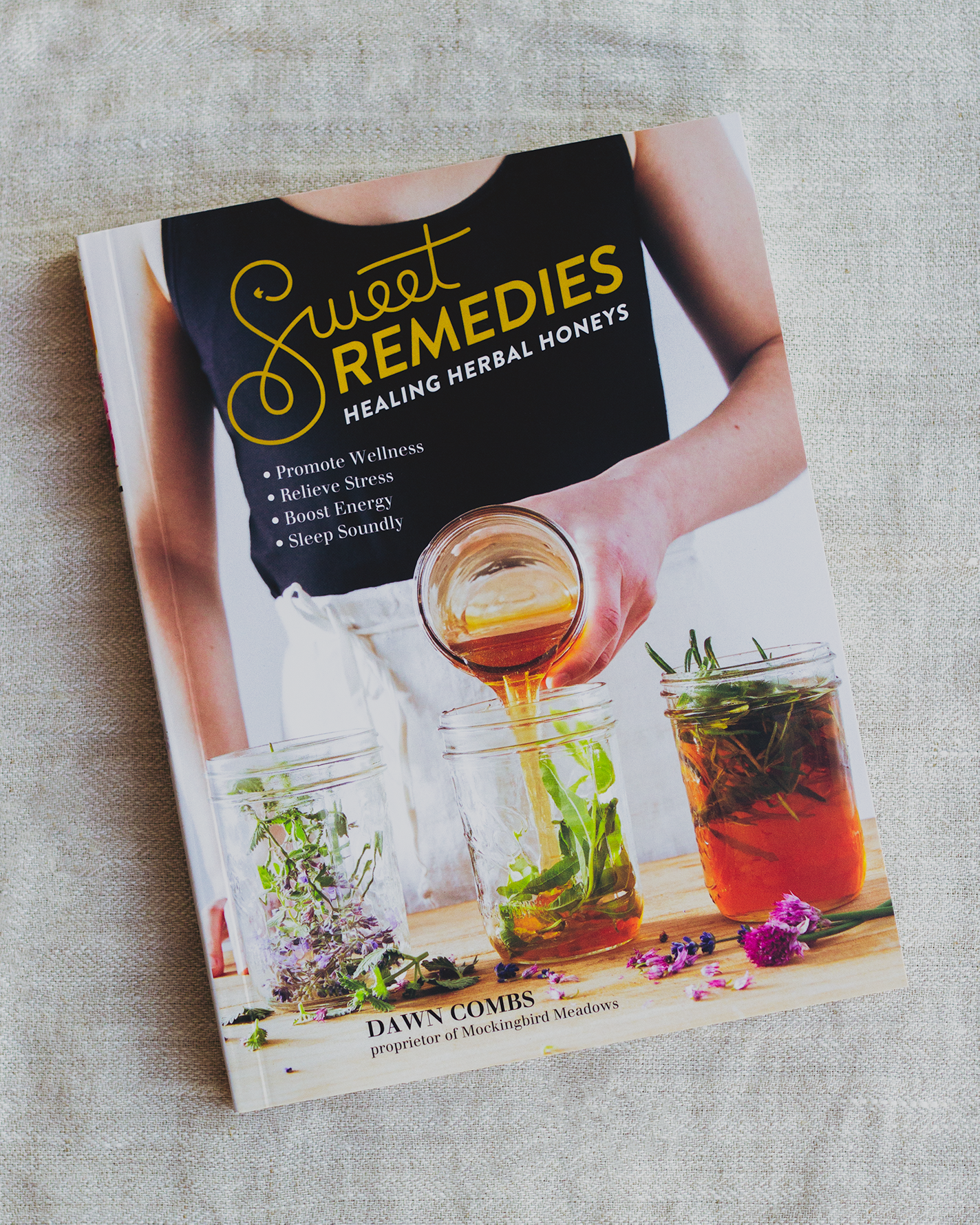Herb Walk with Us
Published: Wed, 08/21/19
August 21, 2019
Herb Walk with Us Kelly Pomeroy, M.H.
If you missed out on an herb walk this year, follow us along through these pictures we took while hiking the Black Hills of South Dakota this summer. See if you can guess the names of the plants shown and their benefits before you read about them.
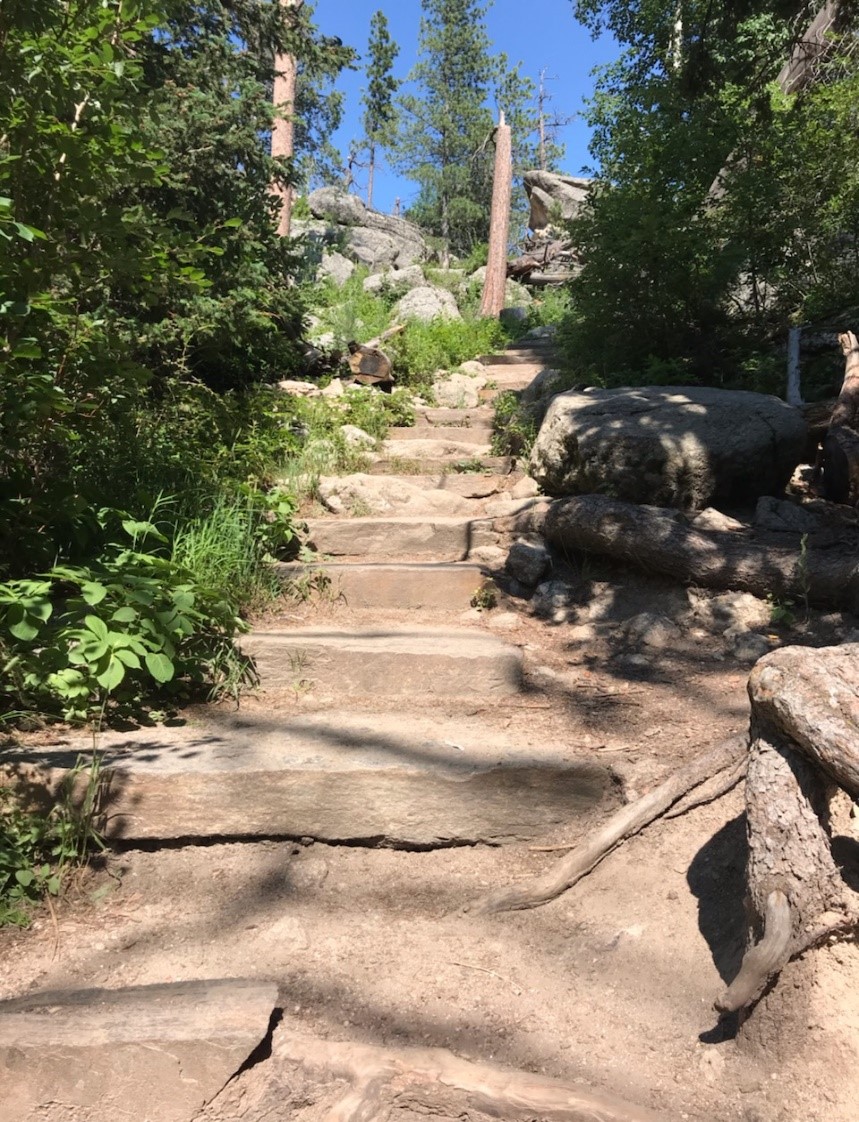
Welcome to the beautiful Black Hills of South Dakota…..
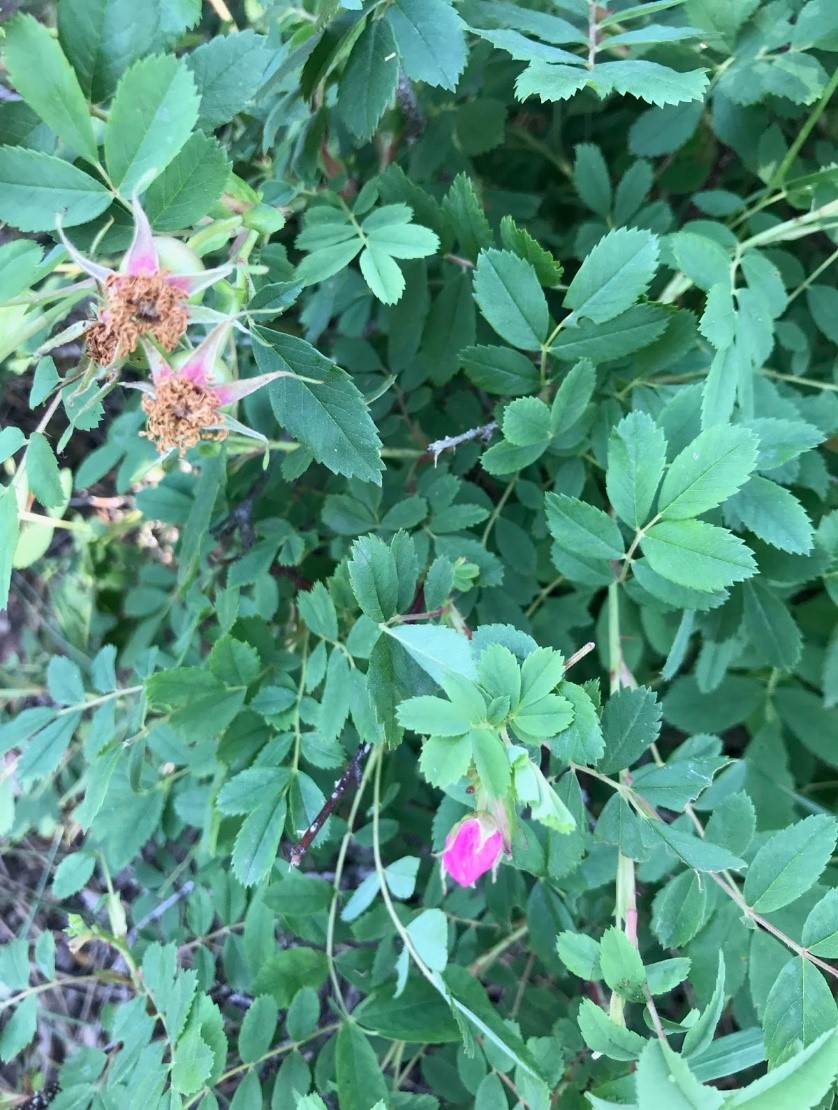
Plant: Wild Rose, Rosa species
Parts Used: flowers, hips, leaves
Benefits: Contains flavonoids and vitamins, especially vitamin C, astringent, mild antiseptic.

Plant: Yellow Dock, Rumex crispus
Parts Used: root, young leaves for food
Benefits: Alterative (restore body function), source of usable iron, blood cleanser, liver tonic
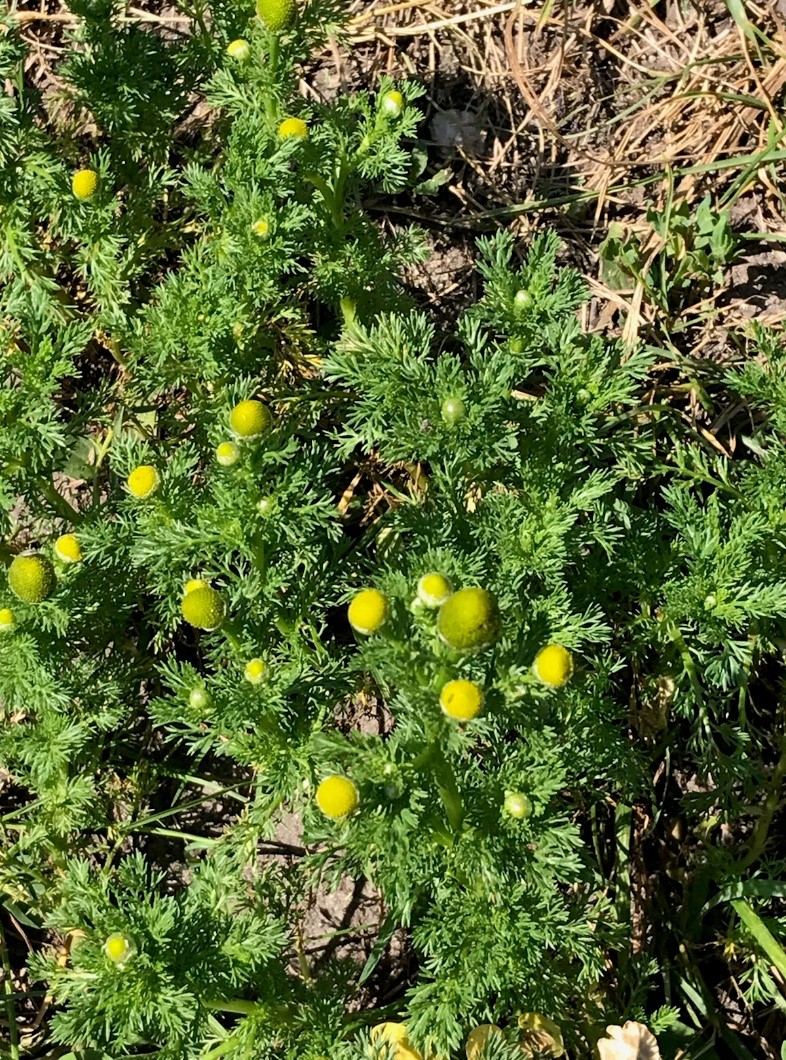
Plant: Pineapple weed, Matricaria matricarioides
Parts Used: flower, dried tastes much like chamomile, leaves are bitter
Benefits: carminative (expels gas), mild sedative, antispasmodic to the stomach.

Plant: Yarrow, Achillea millefolium
Parts Used: flowers, leaves
Benefits: diaphoretic, improves digestion, aids fevers, supports the liver.
*I ate some of these flowers’ tops. Although bitter, it supports the liver and digestive tract, which in turn helps your skin.

Plant: Mullein, Verbascum thapsus
Parts Used: Leaves and flowers
Benefits: Lymphatic/ Glandular, supports the endocrine system, soothes ear aches.
*Wished I had had some olive oil to put these yellow flowers in to make a mullein flower oil!

Plant: Raspberry, Rubus idaeus
Parts Used: leaves, berries
Benefits: anti-nausea, supports female/male reproductive systems, astringent, nutrient dense.
*We ate these, so yummy!
.jpg)
Plant: Plantain, Plantago major
Parts Used: leaves and seeds/flowers
Benefits: astringent, draws out poison from bites, stings, or infections. High in vitamin A, C, and K. Internally soothes digestion. Flowers/seeds are laxative.
*My son took the leaves on this hike, chewed them, and placed them on a wound to soothe it.
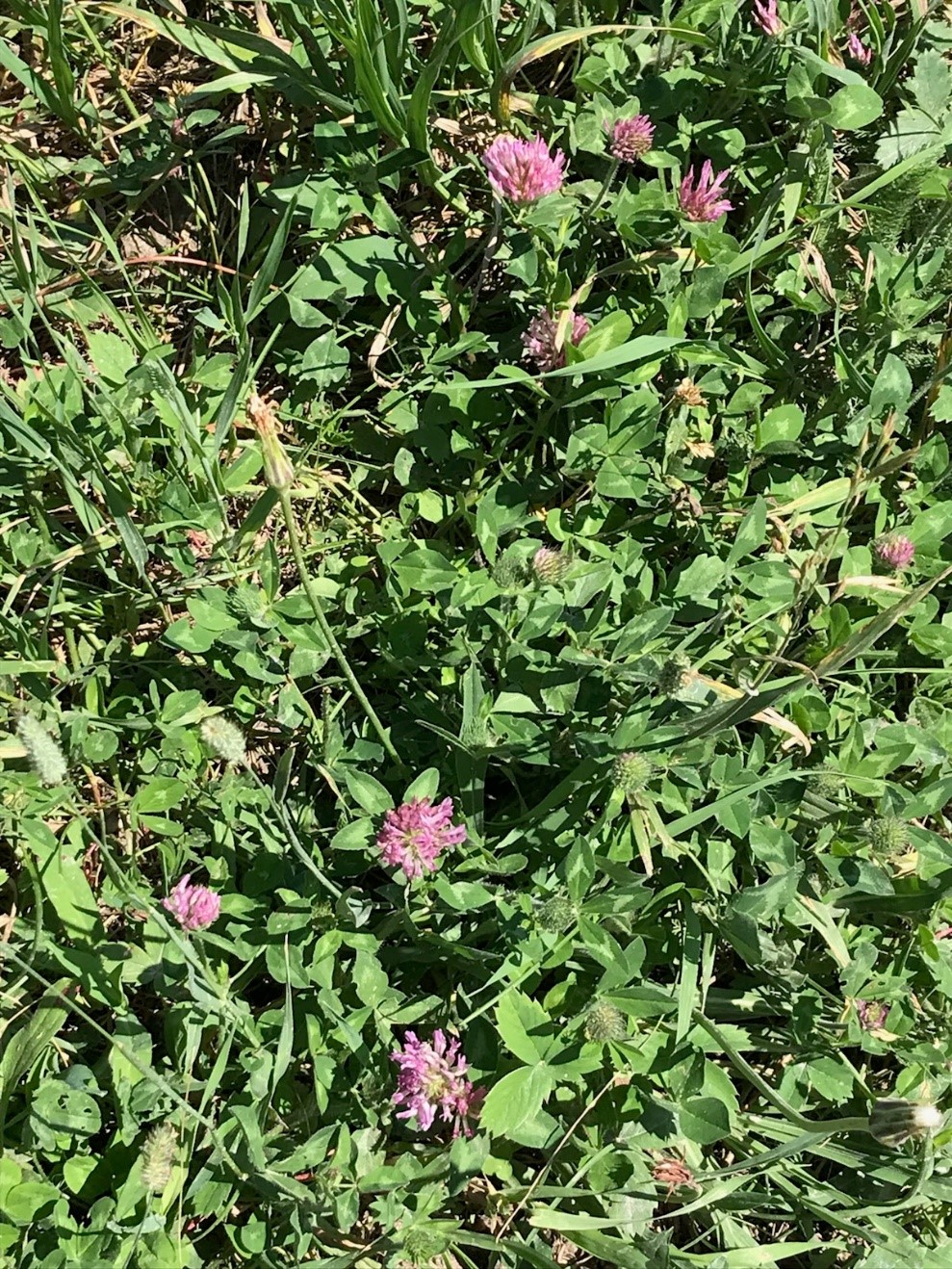
Plant: Red Clover, Trifolium pratense
Parts Used: flowers mainly, but the leaves can be used.
Benefits: Blood purifier & thinner, helps eliminate toxins, antioxidant.
*We ate the flower heads of Red Clover. They taste like green beans.
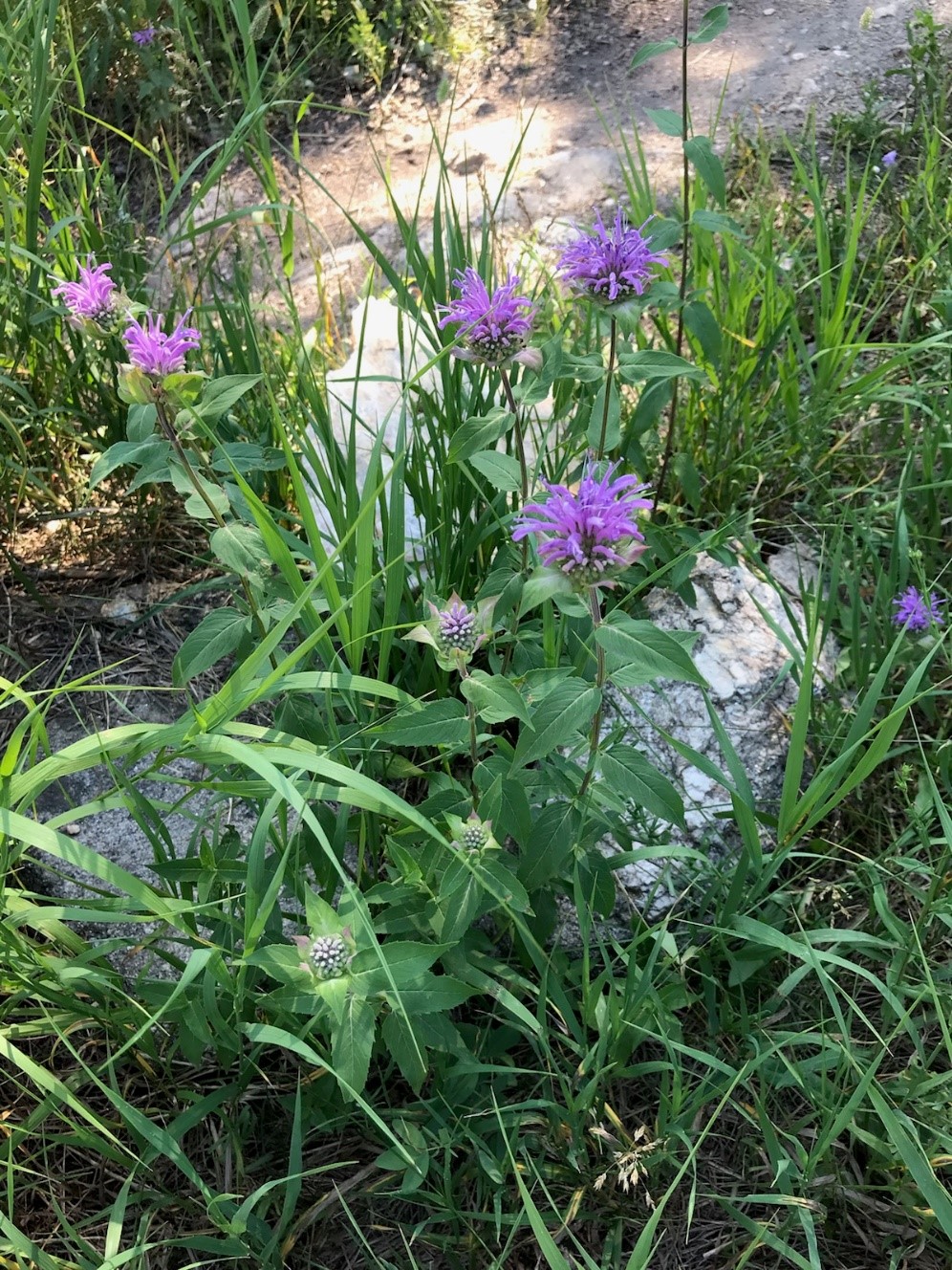
Plant: Bee Balm, Monarda fistulosa
Parts Used: leaves, not the flower head
Benefits: antiseptic, stimulant, carminative (expels gas)
*This plant smells like oregano and can be used in place of oregano as a seasoning.

Plant: Cleavers or Bedstraw, Galium aparine
Parts Used: leaves have a sweet flavor, leaves are edible, stem is not advisable to consume.
It has minute hooks that cling to both clothes and throat.
Benefits: diuretic, lymph tonic, cool and soothe burns
*The best way to recognize this plant is to pick it up and notice how it sticks to itself and to you!
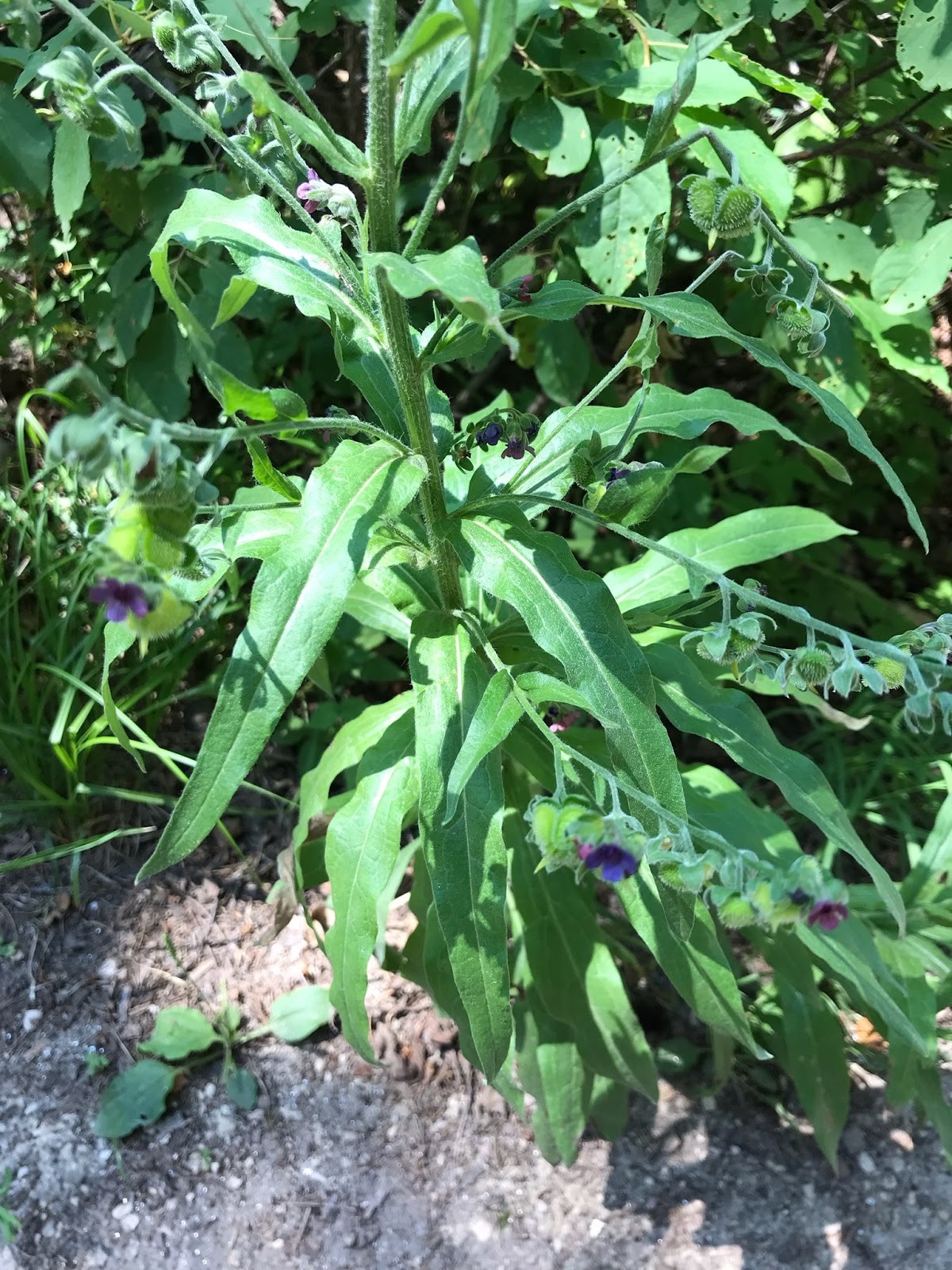
Plant: Hound’s Tongue, Cynoglossum officinale
Parts Used: leaves
Benefits: closely related to Comfrey (Symphytum species). Great for salves, poultices, burns, and wounds. To be used more externally. There are more pyrrolizidine alkaloids in Hounds Tongue that can be taxing to the liver. Toxic for horses.
*My favorite part of this plant is rubbing the purple flowers between my fingers.
They smell like popcorn!
-Tilford, G. (1997). Edible and medicinal plants of the West. Missoula, Mont: Mountain Press Publ. Co.
-Christopher, D., & Gileadi, C. (2010). The School of Natural Healing Herb Syllabus. Springville, Utah: Christopher Publications.
*Photographs courtesy of Kelly Pomeroy.
Kelly Pomeroy is a Master Herbalist graduate and student adviser for The School of Natural Healing. She is also a certified Foot Zoner and Foot Zone Instructor. Kelly has a love for nature, plants, and people and sharing what she has learned with others. She lives with her four children in Payson, Utah.
Get it for 25% off
A Healthier You Radio show is back!
Listen live every Monday morning at 11:30 Mountain Time.
Click here for the link to listen to our live show
David Christopher is now on Twitter!
You can follow David @DChristopherMH
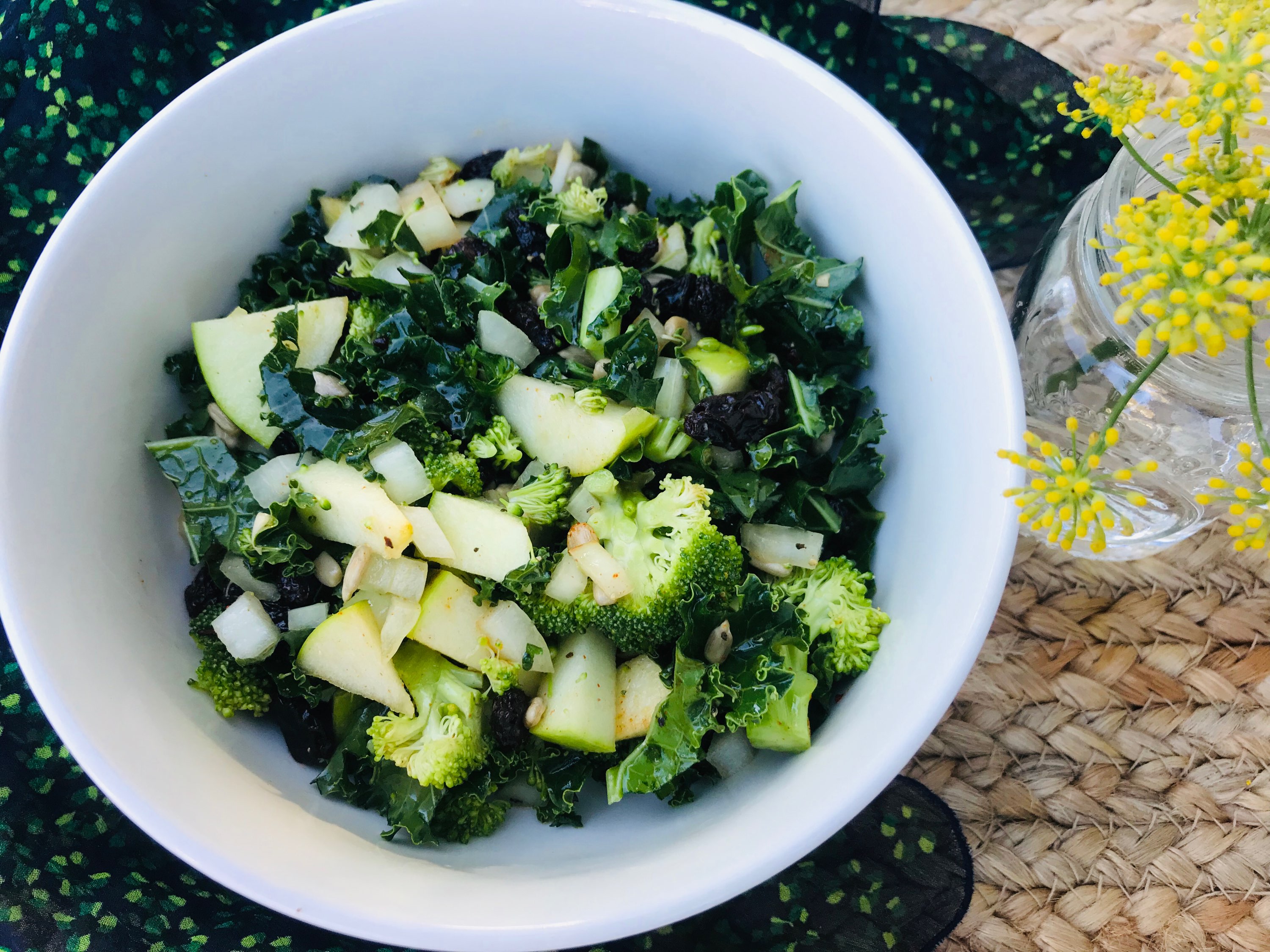
2 C. broccoli chopped bite size
2 C. kale chopped bite size
2 t. fresh fennel seed or leaves or 1/4 t. dried powdered fennel seed
(Fennel is carminative, helps support better digestion of the broccoli and kale, and tastes so yummy!)
½ small onion diced- (optional, not everyone loves raw onions, use ¼ t. powdered onion instead)
1 garlic clove finely diced (optional, use ⅛ t. powdered garlic instead)
1 apple cored and finely chopped
½ C. raisins
¼ - ½ C. sunflower seeds or walnuts chopped
¼ C. extra virgin olive oil
1 T. apple cider vinegar
½ t. Himalayan, Real, or sea salt
Pepper to taste
Dash of smoked paprika- (optional)
Wash and prepare each of the fresh ingredients and add them into a bowl. Add remaining raisins, sunflower seeds, oil, vinegar, and seasonings. Toss the salad and let it marinate in the fridge for 15-30 minutes. Enjoy! This serves about 4-6
people.
Recipe by Kelly Pomeroy
Printable Version: http://www.herballegacy.com
Herbal Resource Links
- Herbal Legacy - http://www.herballegacy.com - Our free information website
- The School of Natural Healing - http://www.snh.cc - Quality Education since 1953
- Christopher Publications - http://www.christopherpublications.com - Dr. Christopher's books and more
- A Healthier You Radio Show - http://www.ahealthieryouradio.com - Free weekly radio show
The School of Natural Healing: http://www.snh.cc
Christopher Publications: http://www.christopherpublications.com
NOTICE: All information in this newsletter is given out as information only and is not intended to diagnose or prescribe. For our official Disclaimer, Biological Individuality, Important Notice & Terms of Use please see: http://www.herballegacy.com/Disclaimer.html
This newsletter is sent by permission only - you can unsubscribe quickly and easily by clicking the link below.
.

